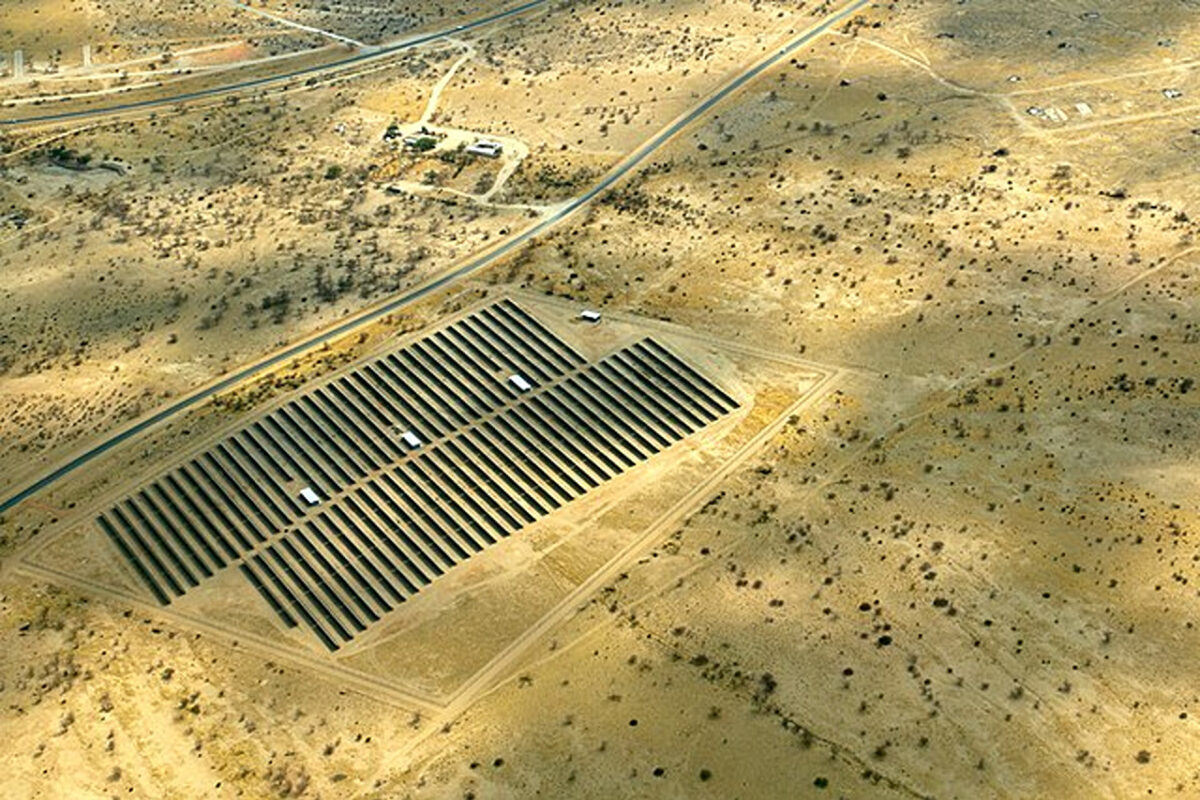An international research team led by Centre Universitaire Polytechnique de Kaya (CUP-K) in Kenya has studied the extent to which the performance of a PV system can be affected by the presence of nearby electromagnetic emission sources such as telecoms base stations or TV/radio antennas.
The researchers noted that base transceiver stations (BTS) are being built for 4G and 5G broadband cellular networks. And they said that off-grid PV systems are more frequently being used to provide the energy needed by these stations in isolated areas with no connection to power networks.
The scientists considered, through 3D modeling, an electromagnetic field with an energy of less than 12 eV, and a frequency ranging up to 3.10 Hz. Its field orientation was perpendicular to the junction of the solar cells. An isotropic antenna radiating power in free space was the emitting source.
The researchers said the presence of the magnetic field initially causes an increase in the PV system's electric voltage and then makes the current produced by the solar panels decompose into two components.
“One is transferred to the external load, named the transferred current, and the other is lost in the pn junction,” they explained. “The magnetic field strength is weak, but it cannot be neglected and be deleted in the electromagnetic field produced by the BTS as assumed in some studies.”
Their analysis also showed that the variation of the electromagnetic field depends on the distance between the source and the PV system.
“In the presence of an electromagnetic field, an important current in the open circuit is created which can reach the short circuit situation current when the distance source-PV cell is weak,” the research team said, adding that the electromagnetic field is strong enough to cause an accumulation of the carrier’s charge at the junction by deflection. “That accumulation of the carrier’s charge will have an increase of the voltage as a consequence. Thus, the electric field is the main cause of the presence of the current in an open circuit situation.”
The academics said that the reported increase in the conduction current does not result in an improvement of the PV system efficiency. In turn, it causes an increase in the lost photocurrent density.
“The conduction current provides an increase of the current and contributes to the increase of the quantity of the extracted photocurrent of the solar cell,” they said. “The heating of the junction causes the quality degradation of the PV cell mainly due to the electric component.”
They said one should not install a solar power generator near an electromagnetic field emission source. They revealed their findings in “Polycrystalline Silicon PV Cell Efficiency in 3D Approximation versus Electromagnetic Field under Monochromatic Illumination,” which was recently published in International Journal of Photoenergy.
This content is protected by copyright and may not be reused. If you want to cooperate with us and would like to reuse some of our content, please contact: editors@pv-magazine.com.




Interesting work from Kenya, thank you. Did anyone ever look at the effect of the electromagnetic field of string inverters placed directly under the module tables and if so, what’s the impact here?
If that is the case, ot could explain why my 1800 watt array now only generates a maximum of 1200 Watts after 10 years. The next field contains a 3 megawatt transmitter.
I am interested in understanding what the measurement of power supplied by solar panels and the other surrounding areas